Why Did the United States Back a Un
- Home
- About Us
- History of UNHCR
In 1954, UNHCR won the Nobel Peace Prize for its groundbreaking work in Europe. But it was not long before we faced our next major emergency.
In 1956, during the Hungarian Revolution, 200,000 fled to neighbouring Austria. Recognizing the Hungarians as 'prima facie' refugees, UNHCR led efforts to resettle them. This uprising and its aftermath shaped the way humanitarian organizations would deal with refugee crises in the future.
During the 1960s, the decolonization of Africa produced the first of that continent's numerous refugee crises. We also helped uprooted people in Asia and Latin America over the following two decades. In 1981, we received a second Nobel Peace Prize for what had become worldwide assistance to refugees.
The start of the 21st century has seen UNHCR help with major refugee crises in Africa, the Middle East and Asia. We have also been asked to use our expertise to help many internally displaced by conflict and expanded our role in helping stateless people. In some parts of the world, such as Africa and Latin America, the 1951 Refugee Convention has been strengthened by additional regional legal instruments.
UNHCR now has more than 17,878 personnel working in 132 countries. Our budget, which in its first year was US$300,000, grew to US$8.6 billion in 2019.
In 2020, we marked our 70th anniversary. During our lifetime, we have helped well over 50 million refugees to successfully restart their lives.
Want more UNHCR history? Subscribe and listen to Forced to Flee, a groundbreaking new podcast that sheds light on 70 years of stories from those forced to flee their homes. This is not history from a textbook. These are personal stories of persecution, survival and new beginnings.
In photos: The history of UNHCR
-

UNHCR's first task in 1951 was to help an estimated 1 million mainly European civilians, including these refugees in a camp in Germany, still uprooted in the aftermath of World War Two. © UNHCR/1953
-
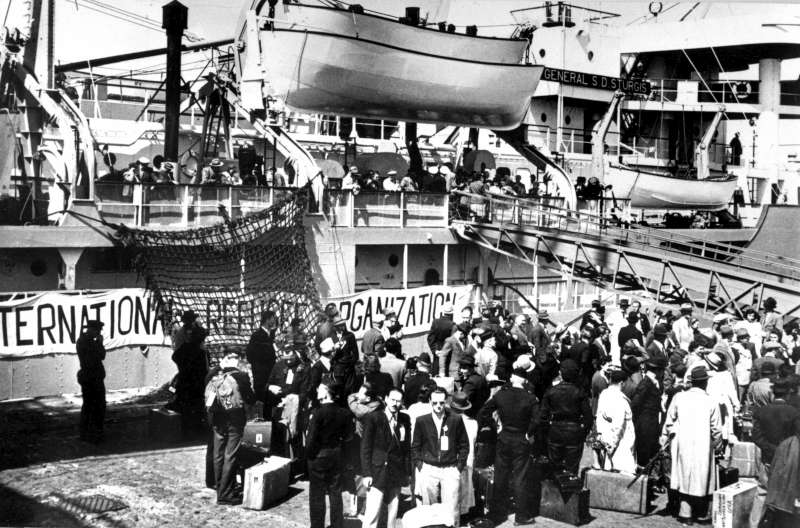
The agency's predecessor, the International Refugee Organization, had helped 1 million people, including these Europeans from camps in Germany, Austria and Italy en route to a new life in the United States, to resettle in other countries. © UNHCR/1951
-
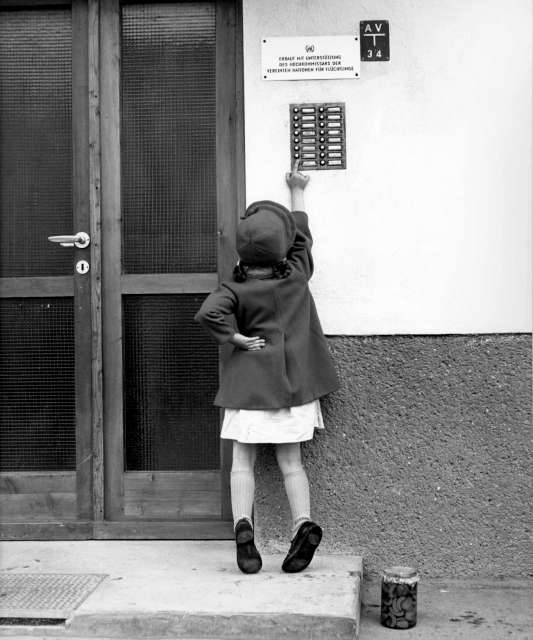
When the Hungarian uprising erupted in 1956, UNHCR faced its first post-war emergency, coordinating help for more than 200,000 people who fled that country. Some refugees remained in Austria where UNHCR funded housing projects like the one above. © UNHCR/D.Whitney
-
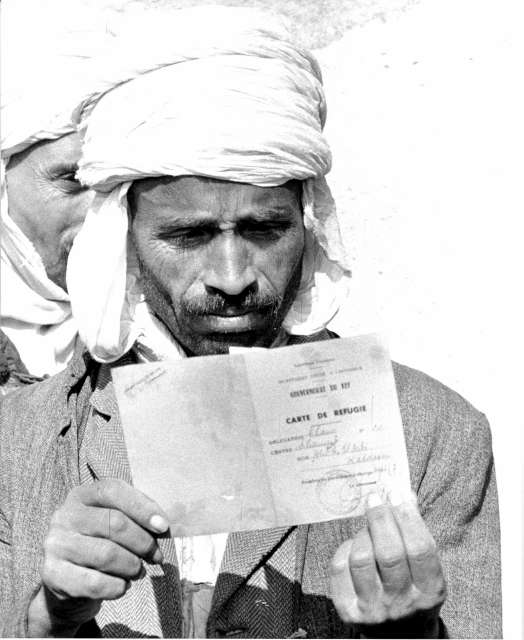
Africa's first modern refugee crisis occurred in the late 1950s during Algeria's independence struggle against France. UNHCR, during its first intervention on the African continent, provided assistance for 200,000 refugees who fled to surrounding countries. © UNHCR/S. Wright/1961
-

As colonialism came to a close, conflicts erupted in many parts of Africa in the 1960s including, not for the last time, strife in the central African state of Rwanda. This group of Rwandese is seen waiting for the distribution of food at a refugee centre in Uganda's Oruchinga Valley. © UNHCR/W. McCoy/1964
-

Independent African states welcomed hundreds of thousands of refugees fleeing the chaos of independence struggles. One of UNHCR's most successful operations in the 1960s was the rural integration of refugees in countries of asylum, including these Mozambicans in Tanzania. © UNHCR/J. Mohr/1968
-

The flight of 10 million Bengalis to India in 1971 was the most dramatic exodus of the 20th century. UNHCR acted as focal point for a vast relief operation. © UNHCR/WHO/D. Henrioud/1971
-

In 1974, 400,000 people became homeless during clashes between Greek and Turkish communities in Cyprus. UNHCR coordinated food, health and shelter. © UNHCR/J. Mohr/1976
-

The flight of Vietnamese refugees began after the fall of Saigon to North Vietnam forces in 1975. An estimated 3 million, including these Vietnamese boat people arriving in Malaysia in 1978, fled in the wake of the various conflicts in Indochina. © UNHCR/K. Gaugler/1978
-

In the late 1970s, Thailand became the country of first asylum for refugees from Cambodia, Laos and Vietnam. These Cambodian children were among the tens of thousands who fled to Thailand during and after the brutal Khmer Rouge regime. © UNHCR/Y.Hardy/1978
-

A cycle of repression and violence engulfed Central America in the 1980s and more than 300,000 people, including this Guatemalan woman in Mexico, received assistance. © UNHCR/M. Vanappelghem/1982
-
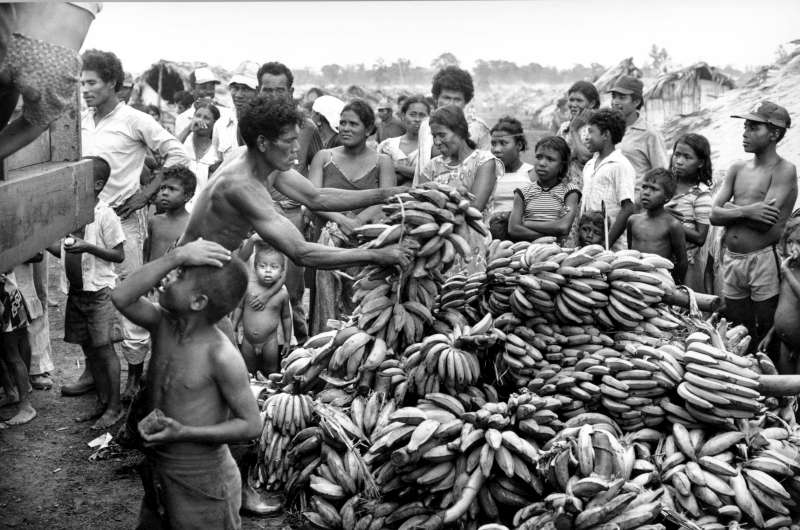
Miskito Indians from Nicaragua wait for a food distribution at a Honduran camp during the 1980s. © UNHCR/N. Goldschmidt/1982
-

The exodus of more than 6 million Afghans started in 1979. People fled to such sites as the Ghazi Refugee Village in Pakistan. © UNHCR/H. Gloaguen/1984
-

Drought and war resulted in a massive influx of Ethiopians into Sudan during the 1980s and tens of thousands of people died before a relief effort became effective. © UNHCR/M. Vanappelghem/1985
-
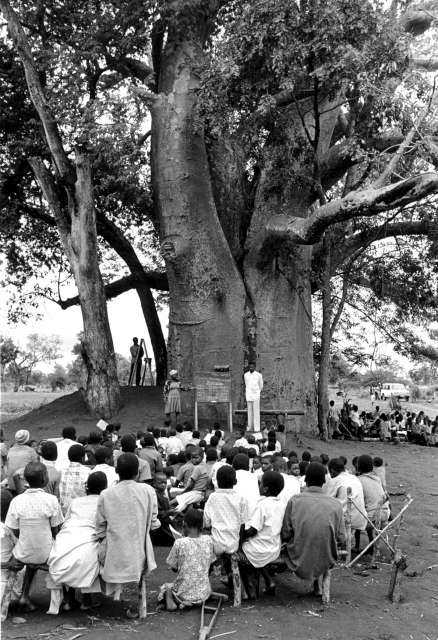
Nearly 1.5 million Mozambicans fled civil war to neighbouring countries in the 1980s, receiving assistance and education. In 1992, UNHCR began helping them return home in the largest repatriation of refugees in African history. © UNHCR/A. Hollmann/1988
-

After more than 15 years in exile, an estimated 41,000 refugees from Namibia returned home in 1989, including these civilians leaving Lubango in Angola. © UNHCR/L. Astrom/1989
-
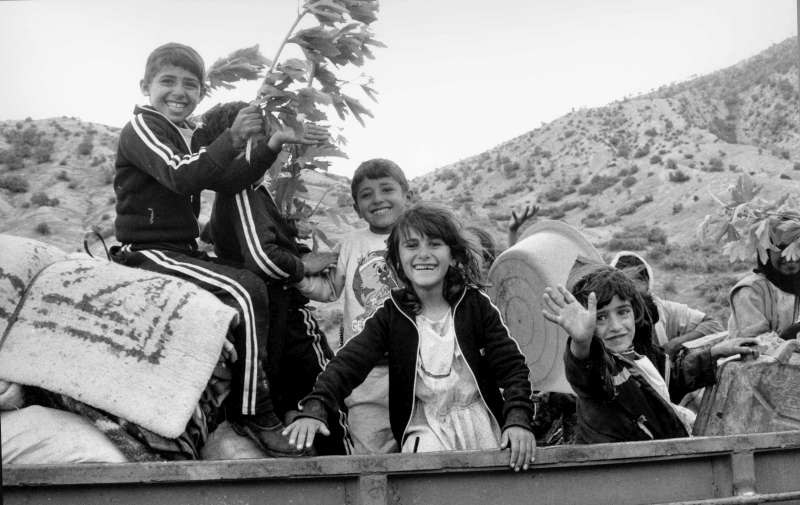
The Gulf War in the early 1990s was followed by the exodus of 1.5 million Iraqi Kurds. Some refugees, including these children, were able to return home within weeks. © UNHCR/A. Roulet/1991
-
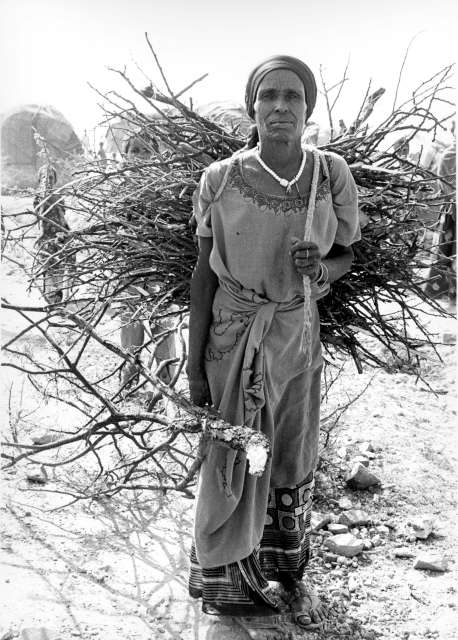
By late 1991 nearly 750,000 Somalis were sheltering in Ethiopia's Hararghe region and the need for wood became a serious environmental burden in one of Africa's most inhospitable spots. Somalia remained in crisis in 2010. © UNHCR/B. Press/1991
-
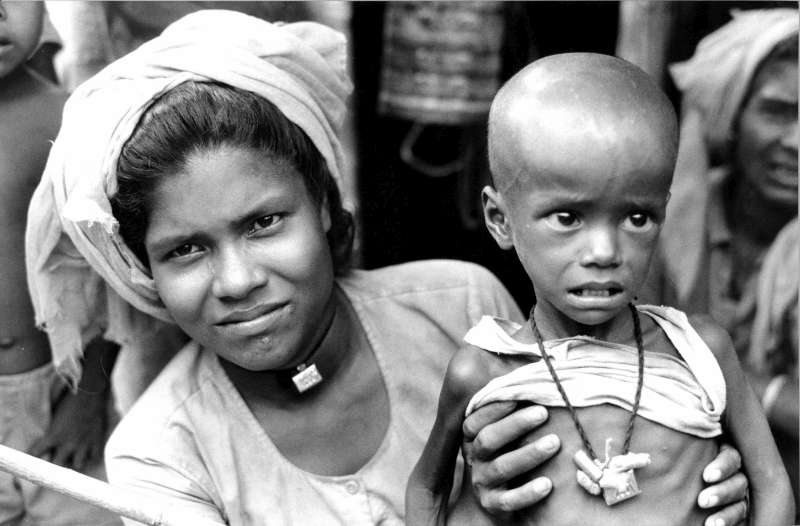
An estimated 250,000 Rohingya refugees from Myanmar began arriving in Bangladesh in early 1991. Many returned home where UNHCR provides assistance and monitors their wellbeing. © UNHCR/H. J. Davis/1992
-
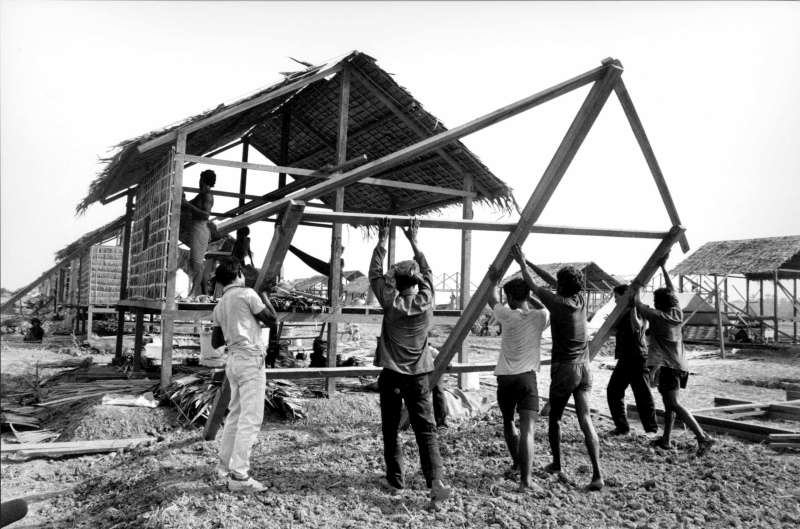
After years of exile and a 13-month repatriation operation completed in 1993, tens of thousands of Cambodians began a new life with food rations, tools, land or a cash grant provided by UNHCR. © UNHCR/K. Gooi/1992
-
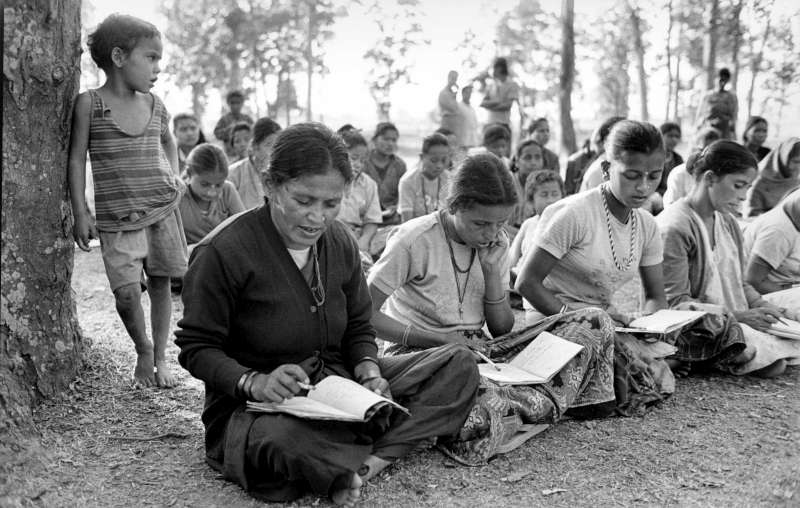
Some of the refugees originating from Bhutan who ended up staying in seven camps in eastern Nepal. This picture was taken in 1992, but a resettlement programme was launched in late 2007 and 40,000 of the refugees had been resettled by late 2010. © UNHCR/A.Hollmann/1992
-
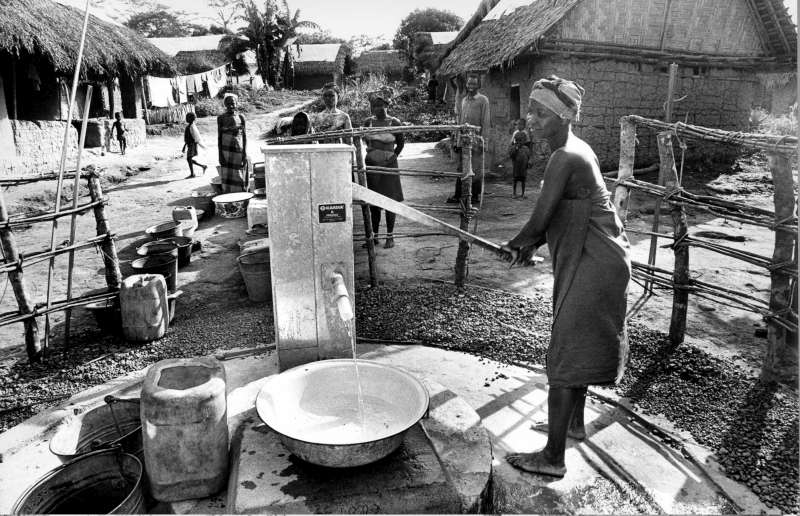
War and displacement ripped through West Africa in the 1990s. More than 800,000 Liberians fled their homeland in the early 1990s, followed by tens of thousands of Sierra Leoneans. The supply of clean water was essential to prevent the spread of disease. © UNHCR/L. Taylor/1993
-

War in the Balkans in the 1990s displaced 3 million people and 8,000 men and boys from the Bosnian Muslim enclave of Srebrenica were executed. Women and children mourn the deaths of their menfolk one year after the fall of Srebrenica. © UNHCR/H. J. Davies/1996
-

The 1994 genocide in Rwanda triggered a massive exodus into neighbouring Democratic Republic of the Congo and Tanzania, where huge camps, such as this one established in the Ngara area of Tanzania, sprung up. © UNHCR/C. Sattlberger/1995
-

The crisis in Africa's Great Lakes region also involved Burundi where 270,000 Rwandans sought safety, including this group in Mugano camp. © UNHCR/A. Hollmann
-

At least 20,000 people were killed, a half million people were displaced and 60,000 civilians fled to Afghanistan, including this doctor and patient, when civil war erupted in the Central Asian nation of Tajikistan in 1992. © UNHCR/A. Hollmann/1995
-

After the collapse of the Soviet Union in 1991, conflict erupted in several areas of the former empire, forcing hundreds of thousands of people to flee, including these civilians from North Ossetia at a collective centre. © UNHCR/T. Bølstad/1996
-

Within days of NATO's air strikes against Serb positions in 1999, nearly one million civilians fled or were forced into exile from Kosovo, including these civilians at a border crossing with the neighbouring Former Yugoslav Republic of Macedonia. © UNHCR/R. LeMoyne/1999
-

Refugees began flooding back into Kosovo virtually as quickly as they had left, but many returned to scenes of utter destruction. © UNHCR/R. Chalasani/1999
-

The end of the 20th century was marked by a refugee exodus from East Timor. When an international force restored order, many of the displaced were able to go home with the help of UNHCR. © UNHCR/M. Kobayashi/1999
-

Afghan refugees prepare to return home in 2002 from a staging post near the northern Pakistani city of Peshawar. © UNHCR/P.Benatar/March 2002
-

32. Sudanese refugees from the Darfur region in eastern Chad in 2004. They were forced to flee their homes to escape attacks by armed groups. © UNHCR/H.Caux/July 2004
-

Somali refugees after arrival at Hagadera camp in the north-east Kenyan district of Dadaab. The Dadaab camps are the most crowded in the world, housing almost 300,000 though built for just 90,000 refugees. © UNHCR/E. Hockstein/August 2009
Why Did the United States Back a Un
Source: https://www.unhcr.org/history-of-unhcr.html